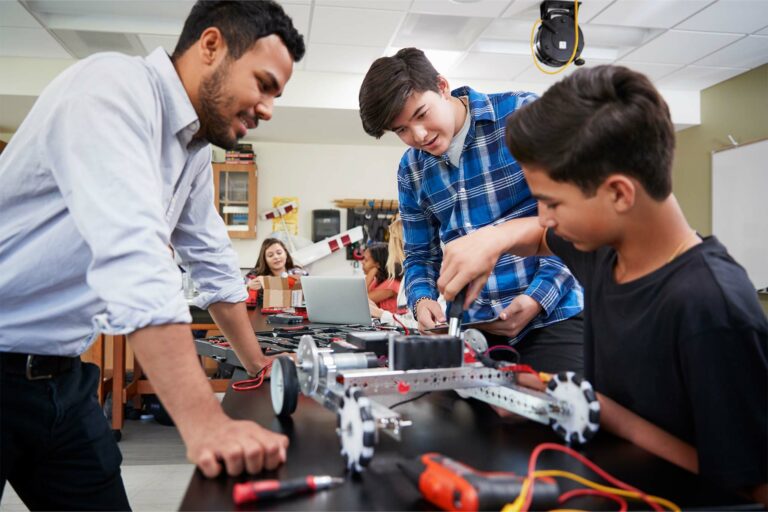
Practices for an Engineering Mindset
Explore by Practice
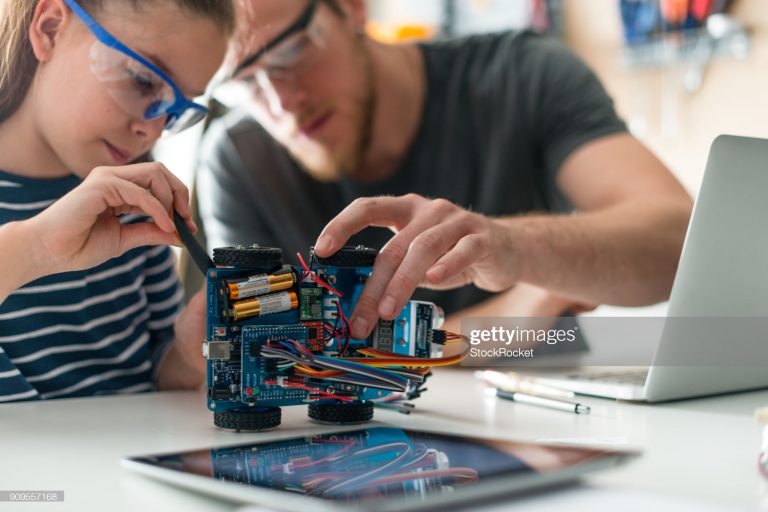
Use an Engineering Design Process
Learn how engineers use a systematic, iterative process, called the engineering design process, to generate solutions.

Explore Materials
Learn how engineers consider the properties of materials as they select those that are most appropriate for the task.
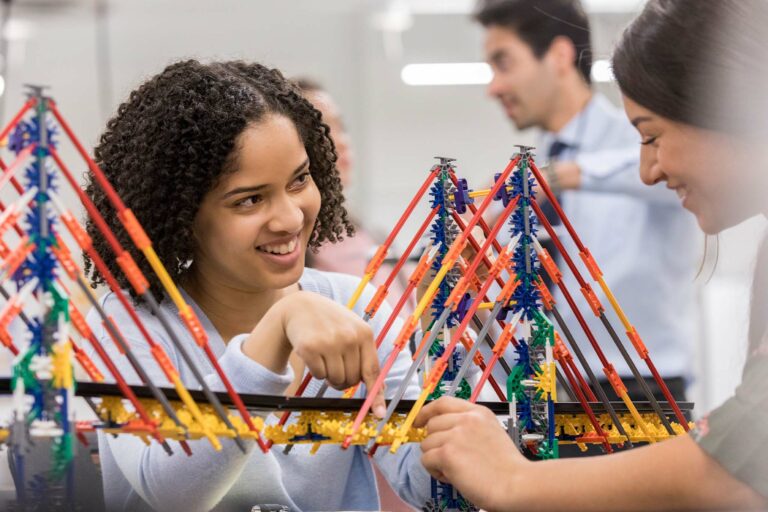
Consider Real World Problems
Learn how engineers design solutions to real-world problems. They take into consideration the context, background information, needs of the client, and the implication of possible solutions.

Apply Math and Science
Learn how engineers use their knowledge of science, math, and other areas to solve problems.

Balance Criteria and Constraints
Learn how engineers identify criteria and constraints, using trade-offs to balance competing factors.
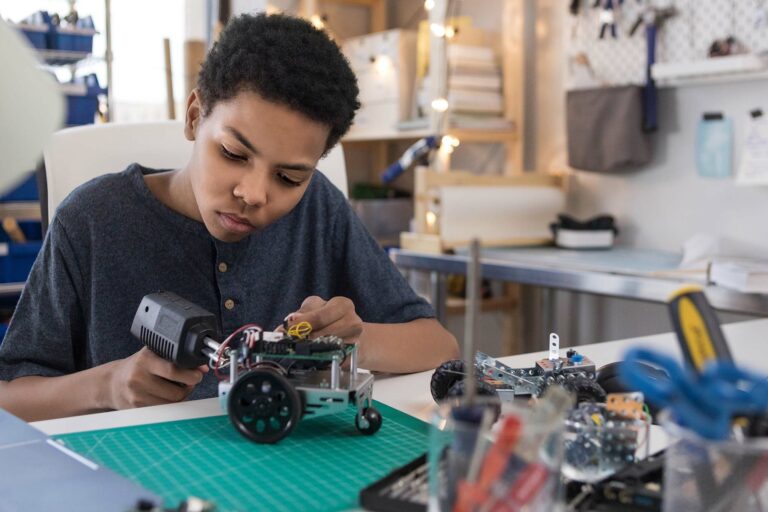
Persist and Learn from Failure
Learn how engineers learn from failure to revise and improve the designs. This requires perseverance and improving through multiple iterations.

Evaluate and Iterate
Learn how and why engineers test their designs to see how well they work. They collect and analyze data to revise and improve solutions in an iterative process.
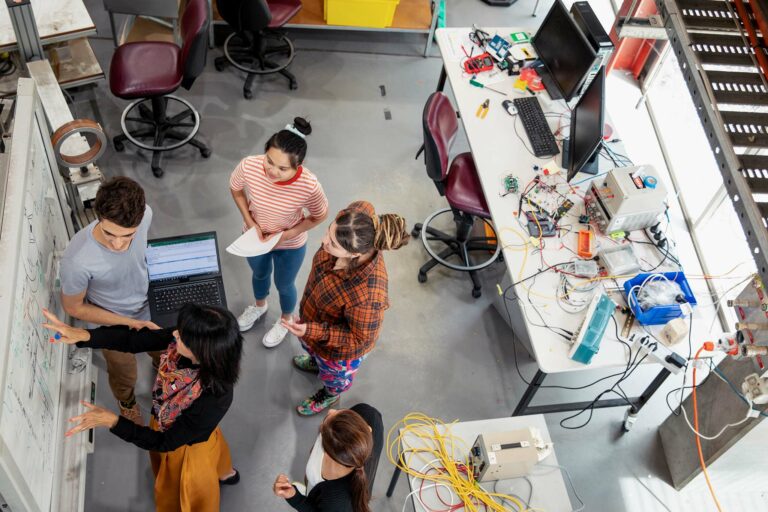
Envision Multiple Solutions
Learn how engineers think innovatively, brainstorm and analyze multiple solutions, compare the effectiveness of various designs, and make informed recommendations about open-ended problems.
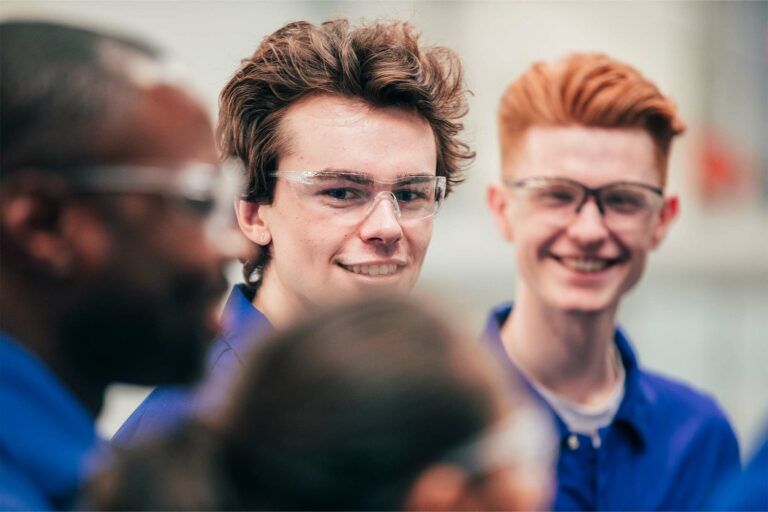
Identify as Engineers
Learn how to support youth to envision themselves as possible future engineers by engaging them in meaningful engineering experiences.
Want to learn more about Training Staff?
Check out the resources available for training staff.
Learn more
